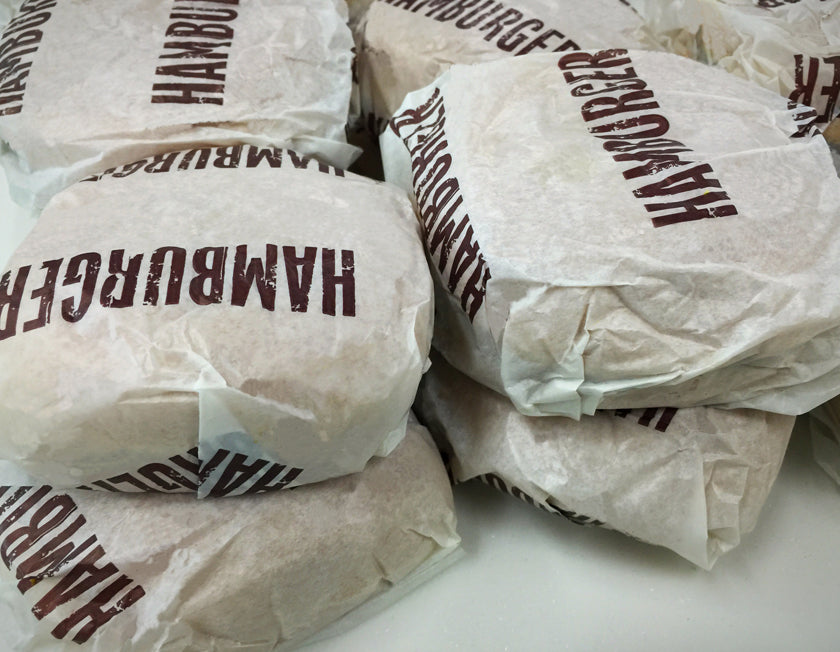
Wax Paper Explained: What Is in Wax Paper and How Is It Made?
Wax paper is one of those everyday items that most of us have used in the kitchen or seen in food packaging, but few people actually stop to think about what it is. From baking and wrapping sandwiches to packaging and crafts, wax paper is a versatile product that has been around for decades. But what exactly is in wax paper, and how is it made? In this article, we’ll take a closer look at wax paper sheets, how they’re produced, and the many ways they’re used today.
What Is in Wax Paper?
At its core, wax paper is simply a sheet of paper coated with a thin layer of wax. Traditionally, this wax is paraffin, a petroleum-derived wax, but more sustainable plant-based waxes, such as soy or natural alternatives, are now widely used in food packaging. This wax layer makes the paper moisture-resistant, grease-proof, and non-stick — qualities that make it so useful in the kitchen and beyond.
It’s worth noting the distinction between wax paper and waxed paper. In practice, the terms are often used interchangeably. Waxed paper refers to any paper that has been treated with wax, whether in the form of sheets of wax paper or pre-made waxed paper bags.
How Is Wax Paper Made?
The process of making wax paper is straightforward yet precise:
-
Base Paper Selection – A strong, smooth paper is chosen to ensure durability and consistency.
-
Wax Coating – The paper is coated on one or both sides with molten wax. This may be paraffin wax, microcrystalline wax, or an eco-friendly plant-based wax.
-
Cooling and Finishing – The coated paper is cooled and hardened, forming a protective, non-stick layer.
-
Cutting and Conversion – The large rolls are cut down into wax paper sheets or shaped into waxed paper bags depending on the end use.
This simple process results in a product that is cost-effective, easy to manufacture at scale, and incredibly useful across multiple industries.
Wax Paper Sheets: Everyday Uses
When you think of wax paper, the first image that comes to mind is usually the roll of wax paper sheets in a kitchen drawer. These sheets are commonly used to:
-
Line baking trays to prevent sticking
-
Wrap sandwiches and snacks for storage
-
Separate layers of baked goods, cheese, or meat
-
Provide a clean, grease-resistant surface for rolling dough or confectionery work
Thanks to their non-stick surface, sheets of wax paper save time and reduce mess in countless food preparation tasks.
Waxed Paper Bags: Practical Packaging
Beyond sheets, wax paper is also converted into waxed paper bags, which are popular in food retail and takeaway packaging. They are ideal for wrapping pastries, sandwiches, or greasy foods, as the wax coating prevents leaks and helps maintain freshness. In recent years, demand for waxed paper bags has grown as brands look for alternatives to plastic packaging. With plant-based wax coatings, these bags can also be compostable or recyclable, making them a more sustainable option.
What Is Waxed Paper Used For?
The versatility of waxed paper extends far beyond the kitchen. Some common uses include:
-
Food service – Wrapping bakery goods, deli items, and confectionery
-
Household use – Preserving food, lining containers, or craft projects
-
Industrial applications – Providing protective layers in packaging or separating sticky items during manufacturing
Whether it’s wax paper sheets or waxed paper bags, the properties of wax paper make it a low-cost, high-function solution across both domestic and commercial settings.
Sustainability and Modern Alternatives
As consumers and businesses move toward eco-friendly solutions, the question often arises: what is wax paper made of today, and is it sustainable? The good news is that modern wax paper doesn’t have to rely solely on paraffin. Plant-based wax coatings are increasingly used, making both wax paper sheets and bags more environmentally responsible. These alternatives can often be composted, helping reduce reliance on plastics in packaging.
Conclusion
So, what is in wax paper? Simply put, it’s a sheet of paper coated in wax — either paraffin or natural alternatives — that transforms ordinary paper into a moisture-resistant, non-stick, and grease-proof material. From sheets of wax paper in the kitchen to waxed paper bags in food packaging, wax paper continues to play a vital role in everyday life. With eco-friendly waxes now available, it’s also evolving into a more sustainable option for households and industries alike.

